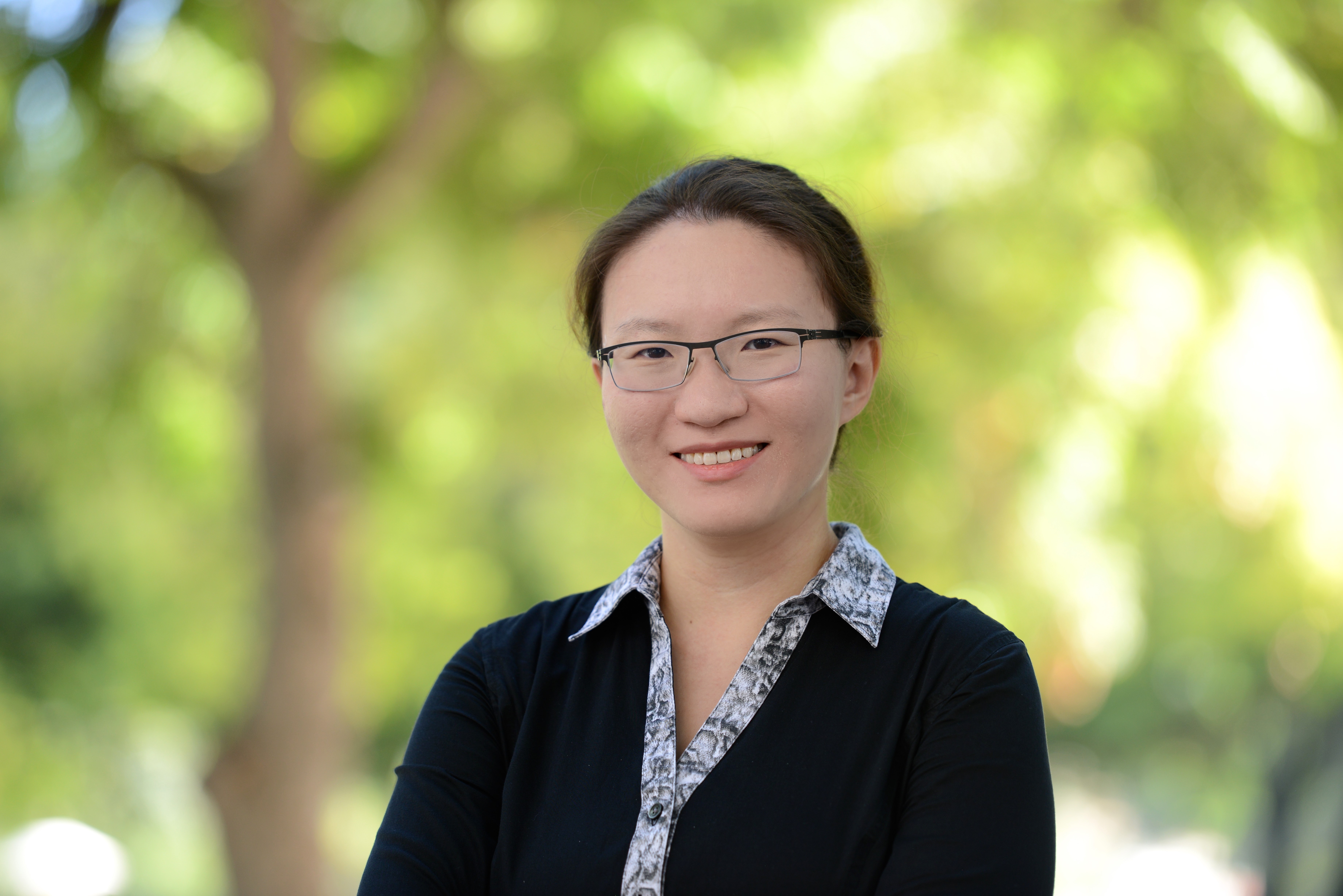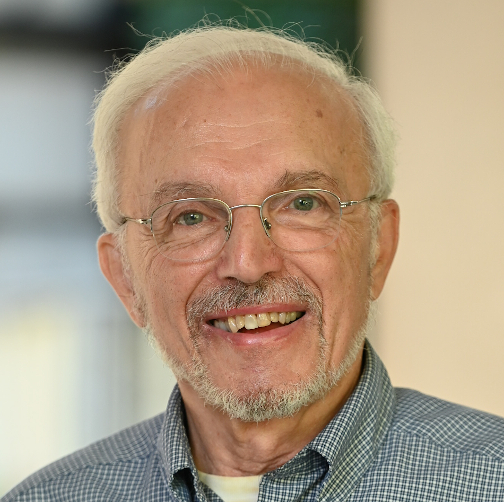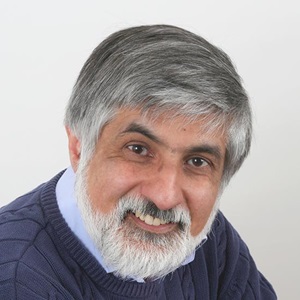Collection
Problems, Progress and Perspectives in Mathematical and Computational Biology
- Submission status
- Open
- Open for submission from
- 29 September 2023
- Submission deadline
- 01 September 2024
Editors
-
Professor Qixuan Wang
Dr. Qixuan Wang is an Assistant Professor of Mathematics at University of California, Riverside. Dr. Wang’s research interests focus on mathematical biology, where she uses computational and analytical tools to study questions that arise in life sciences, particularly in two areas – skin biology and cell swimming.
-
Professor Hans Othmer
Professor Hans G. Othmer received a Ph. D. degree in Chemical Engineering at the University of Minnesota, has had faculty positions in the Mathematics departments at Rutgers University and the University of Utah, and for the last twenty-four years, has been at the University of Minnesota. His recent research interests focus on biological problems in cell, tissue and organism motility for which mathematical models and analysis can provide new insights and understanding. He is a Humboldt Fellow, a SIAM Fellow, and a fellow of the American Physical Society.
-
Professor Philip Maini
Philip Maini received his DPhil from Oxford in 1985, under the supervision of J.D. Murray FRS. His first faculty position was at the University of Utah, from where he moved back to Oxford in 1990. He is Director of the Wolfson Centre for Mathematical Biology, and the Inaugural Statutory Professor of Mathematical Biology. His research focusses on the mathematical modelling of mechanistic processes in developmental biology, solid tumour growth and cancer. He is a Fellow of the Royal Society, the Academy of Medical Sciences, the Society for Industrial and Applied Mathematics, and the Society for Mathematical Biology.





